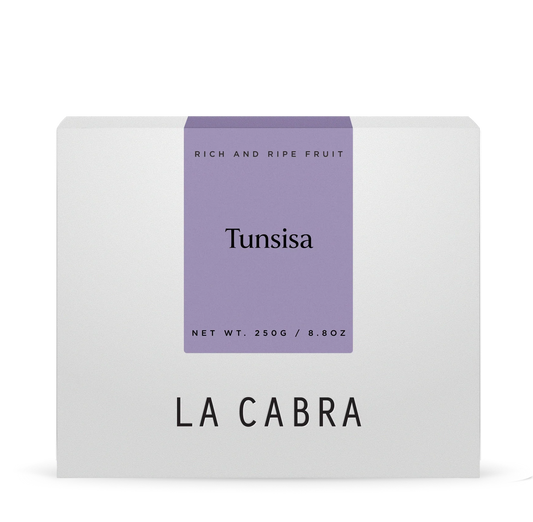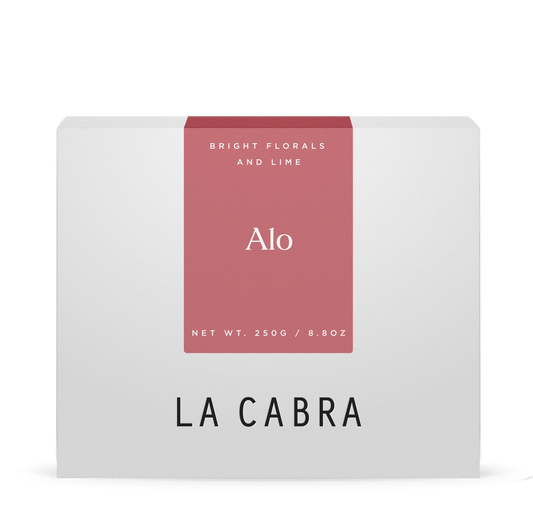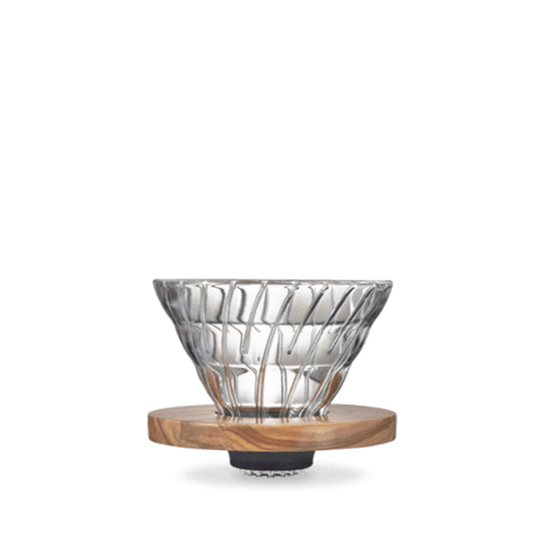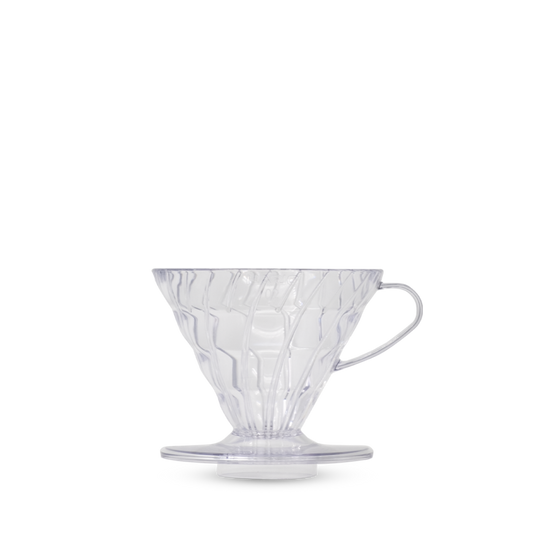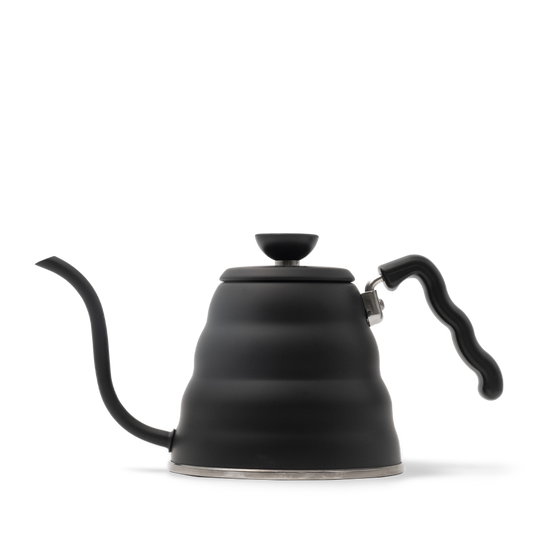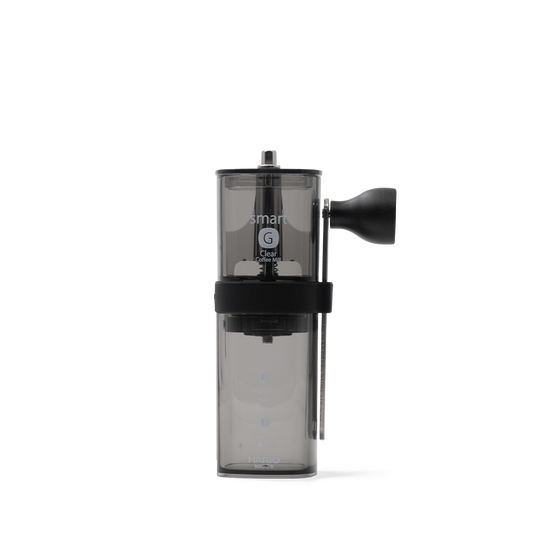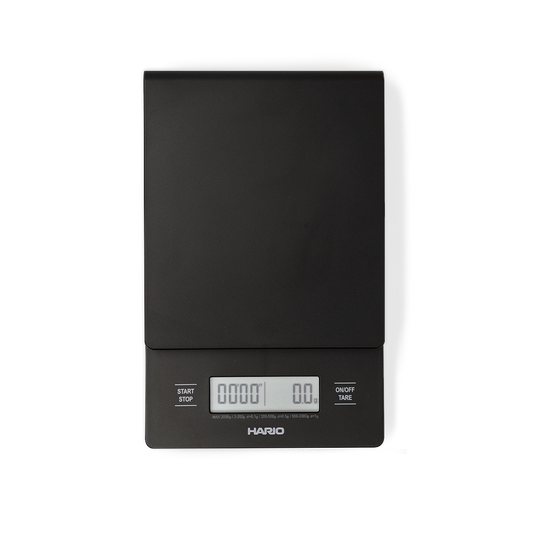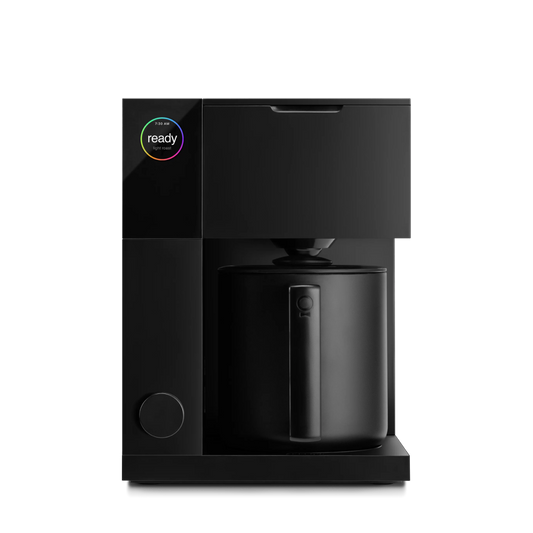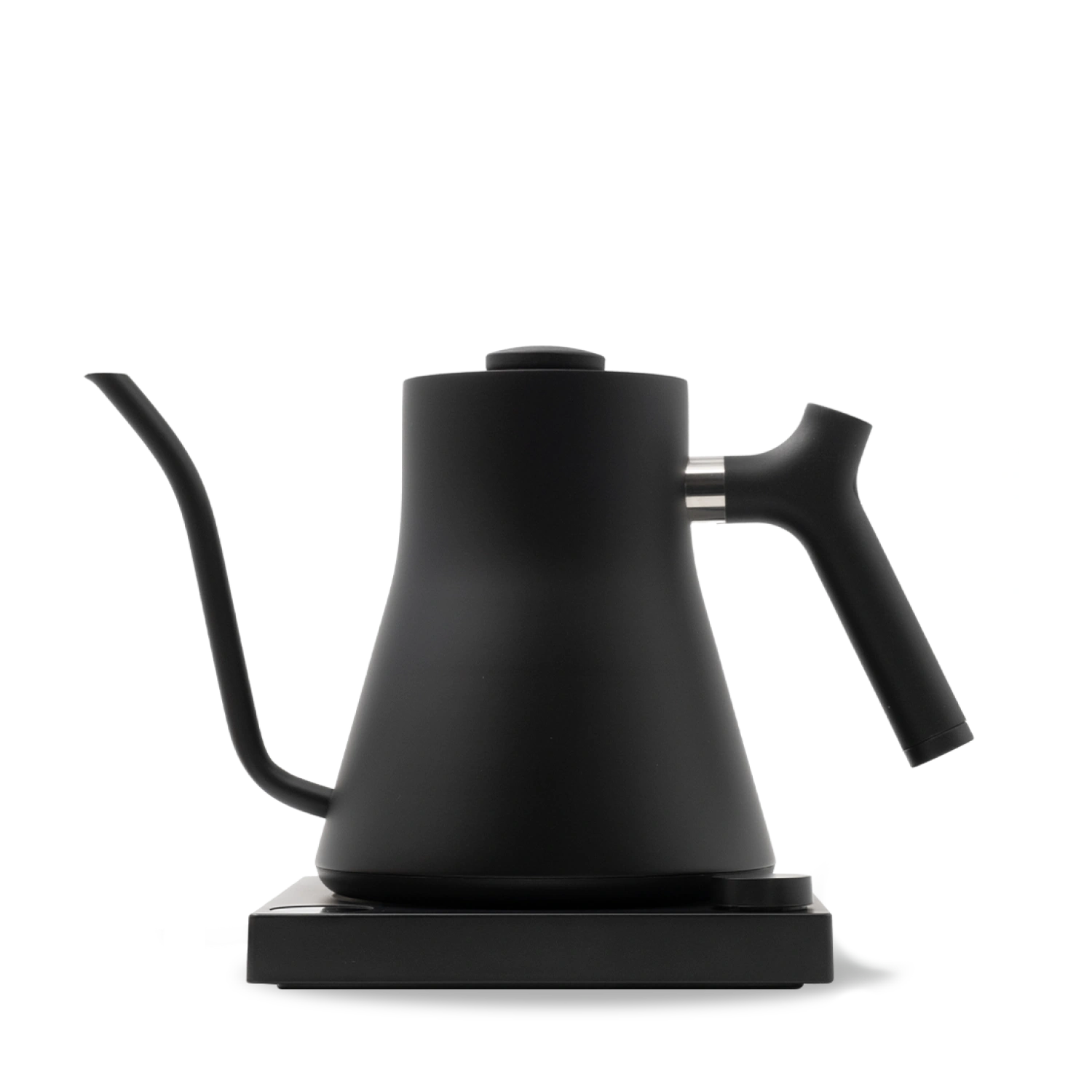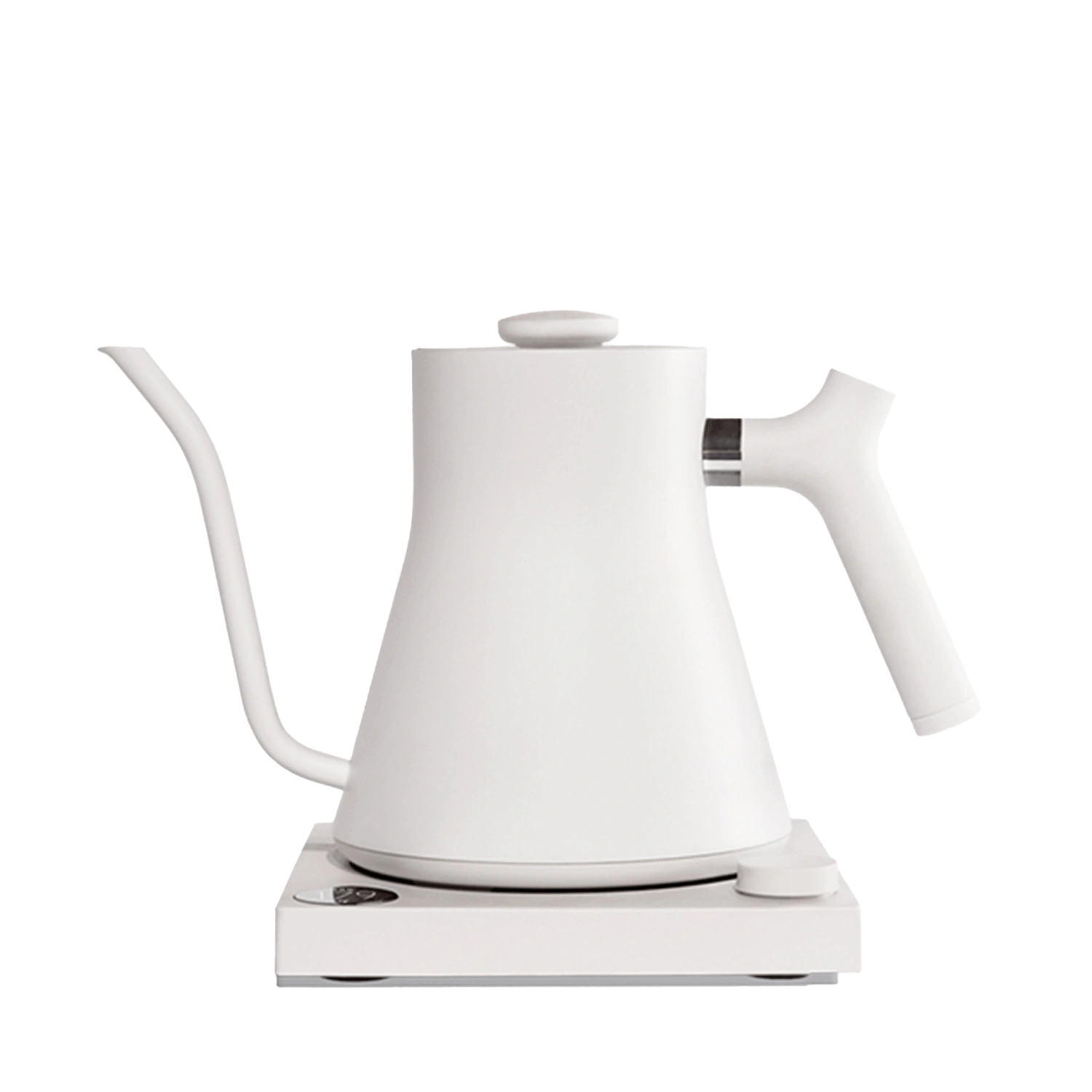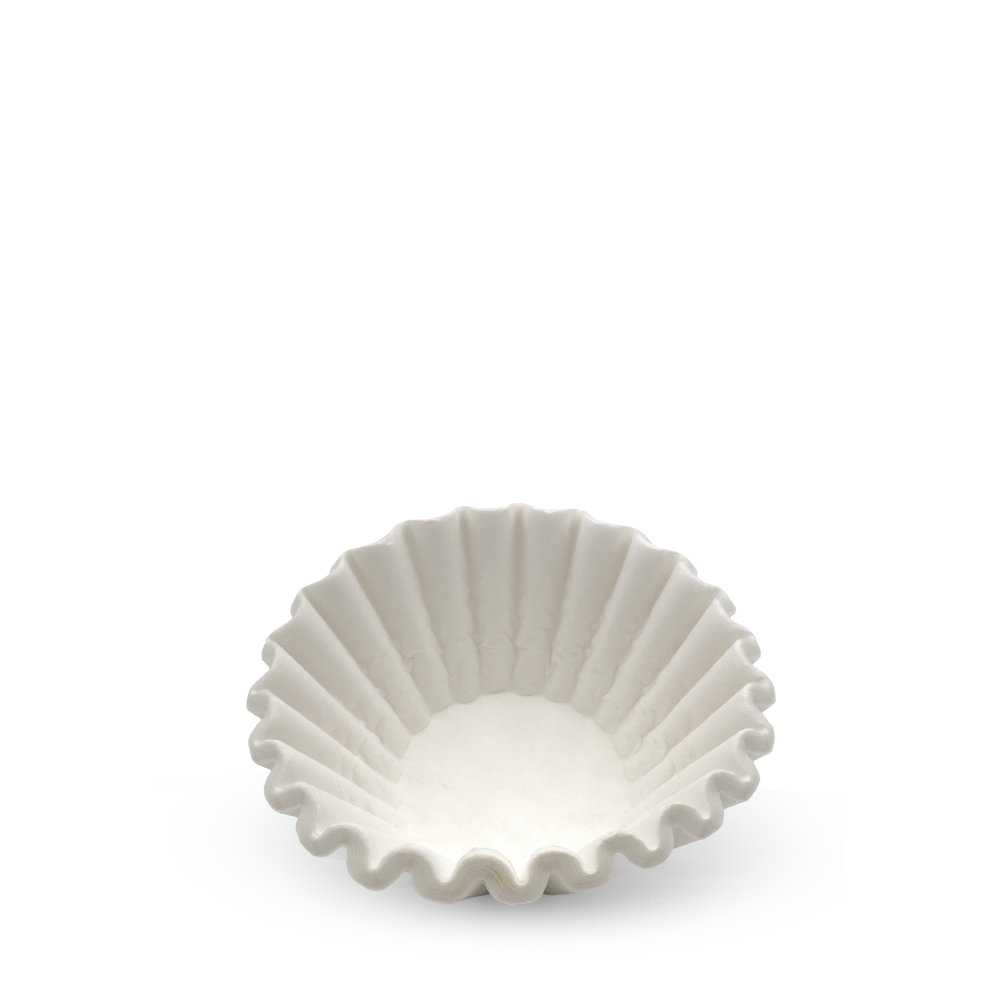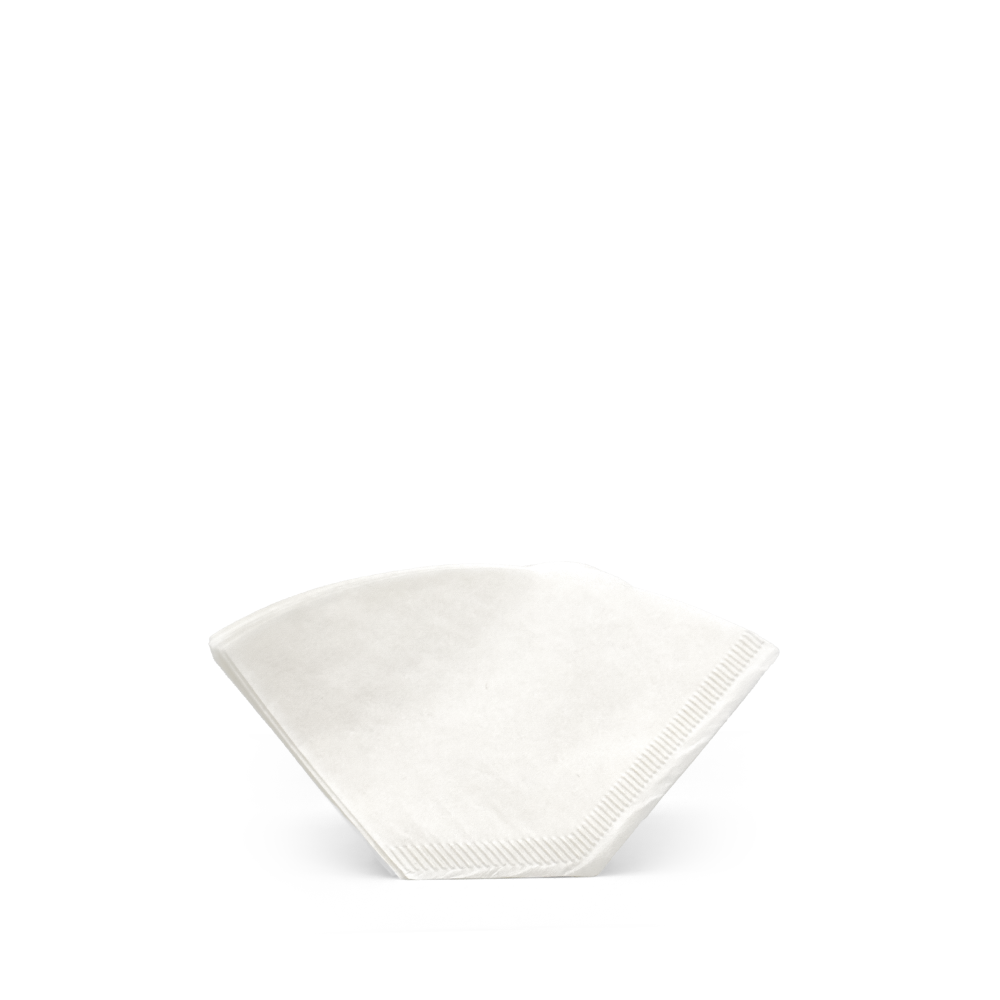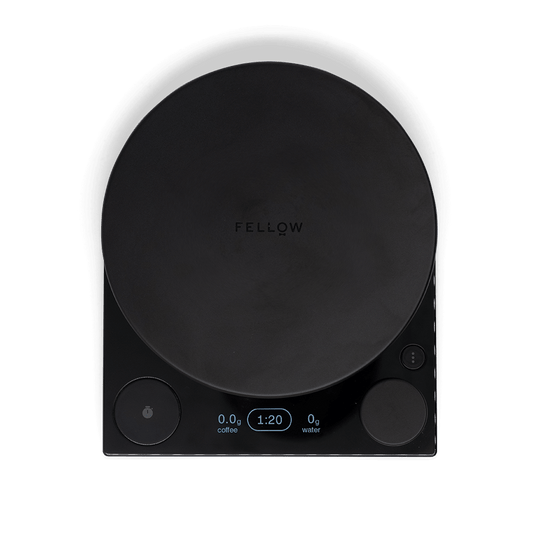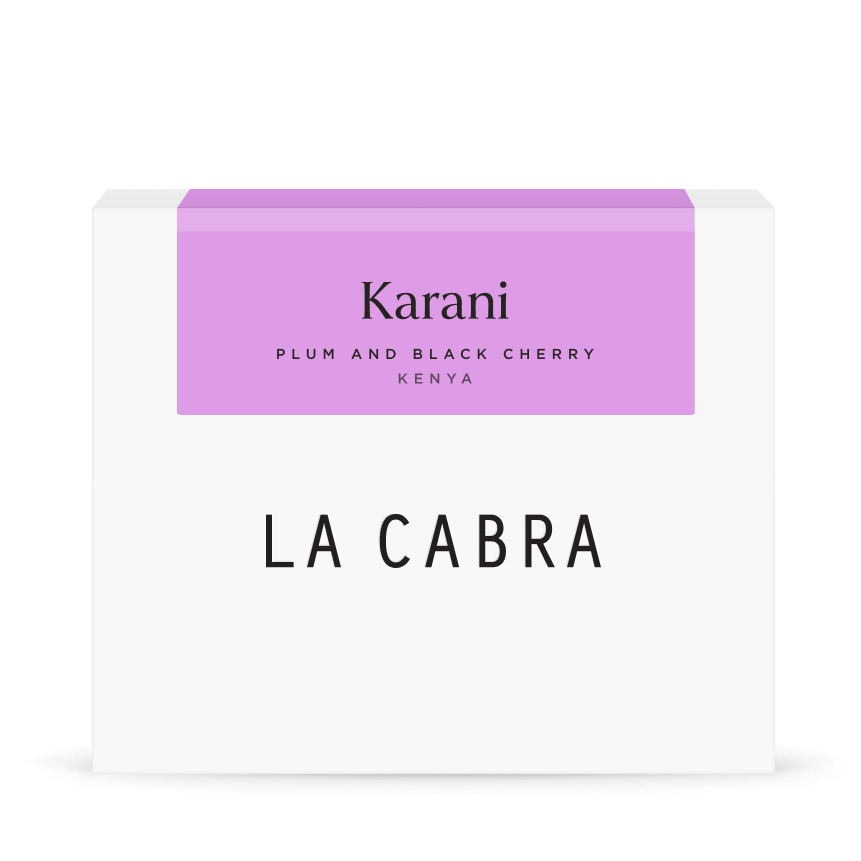
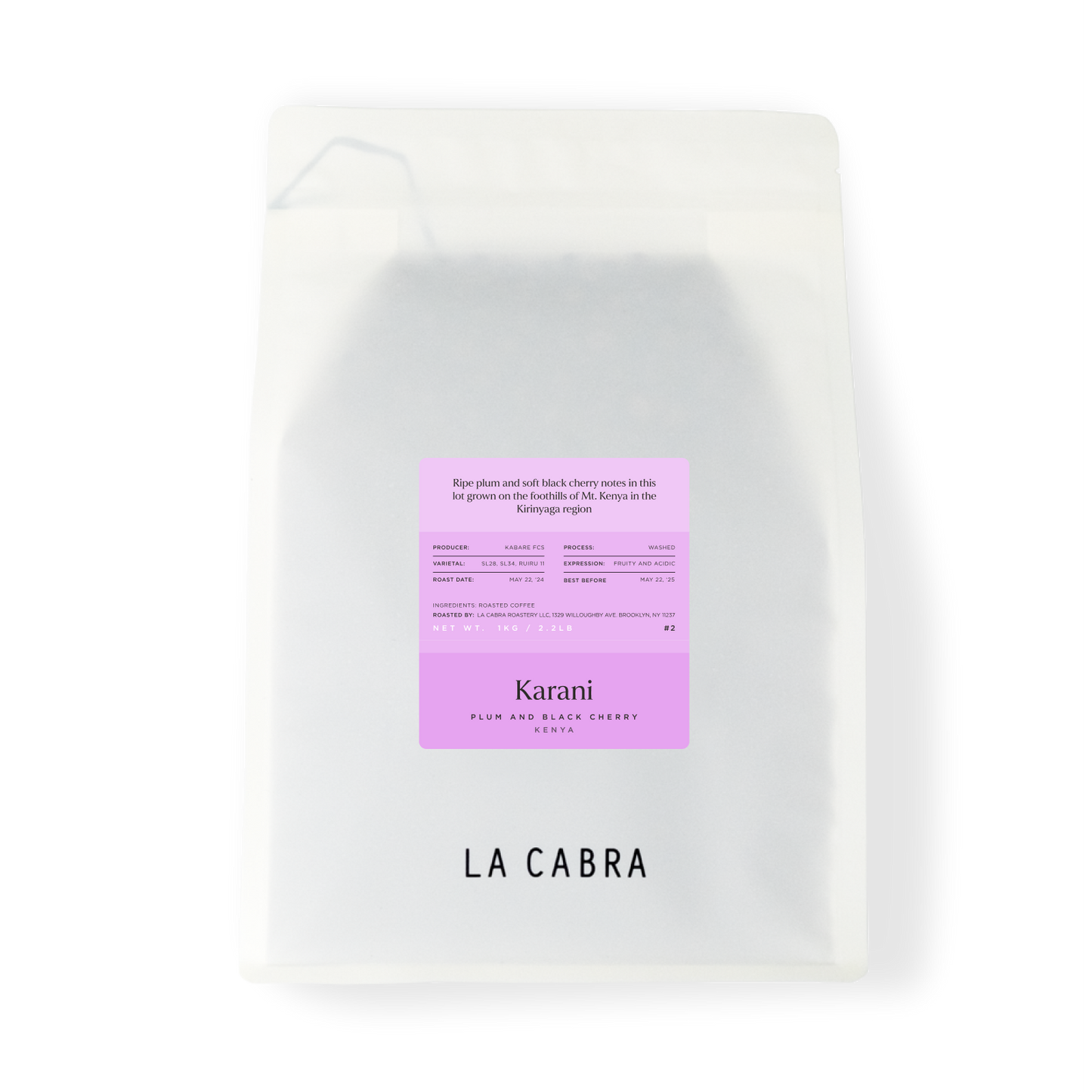
Karani
The small region in northeastern Kirinyaga, Gichugu, that the Karani mill serves is mainly a tea-growing area, so most of the coffee plant stock is rather new. The region is known for very high quality of both tea and coffee; being planted somewhat later than neighbouring regions means soils haven’t been tired out by years of conventional agriculture, with its sprays and chemical fertiliser. We have visited the region several times, most recently in February of this year. Here, it is clear to witness the density of both coffee and tea plantation in the lush green landscape, enabled by the rich volcanic soils, relatively undisturbed by intensive conventional agriculture.

Kirinyaga
Northeastern Kirinyaga is home to some of our favourite Kenyan coffees; here we find are the Thirikwa cooperative, who own Gakuyuini, the New Ngariama cooperative, who own Kamwangi, Kainamui and Kiamugumo, and the Rungeto cooperative, who own the Kii, Kiangoi and Karimikui stations. Karani was built in 1998, and is owned by the Kabare cooperative, a rather large operation who own ten more stations, inlcuding Kiangombe and Konyu.

Gichugu
The tiny region of Gichugu continues to impress with its quality, much of the area was planted with coffee just before the rise of hybrid varietals in Kenya, meaning that 99% of the farmers that deliver to Karani grow SL28 and SL34, with only about 1% using rust-resistant varietals like Ruiru 11 or Batian.
This lot from Karani is tasting ripe and dense, with ripe plum and soft black cherry notes.

Kabare FCS
The Kabare cooperative is very professionally run; their cherry selection, fermentation, sorting and separation is of incredibly high quality, leading to excellent coffee.
The cherries are first de-pulped mechanically, as soon as they arrive at the factory. The cherries should arrive for de-pulping as soon as possible after picking, hence why cooperatives make a great effort to have factories located close to concentrations of smallholders. After de-pulping, the seeds are covered in a layer of sticky fruity pulp, or mucilage. The mucilage is fermented in large tanks for between 12 and 24 hours, breaking it down to a point that it can be thoroughly ‘washed’ from the seeds, using long washing channels. Then, before drying, the cherries are taken to another set of fermentation tanks, and fermented again under water, normally for a shorter time, between 10 and 12 hours. This ‘double soak’ is popular in Kenya, and is useful not only for enhancing the cleanliness and intensity of the final cup, but also as a second opportunity to sort for lower density floating seeds, as these are often of lower quality, or from unripe cherries.

Each lot that is processed is kept separate throughout the process, allowing each to be cupped separately. This allows the management of the mill to assess patterns of quality and continuously improve. There is always a degree of unpredictability however, so cupping continuously is the only way to find the finest lots of the harvest, especially in recent years as hybrid varietals have increased in use, and many mills have increased capacity in an attempt to cash in on record prices for Kenyan coffee.
For this reason, we cupped several hundred coffees together with exporters in Nairobi this winter, searching for the finest lots to share with you this season.


-v1730995556513.jpg?2417x1200)







